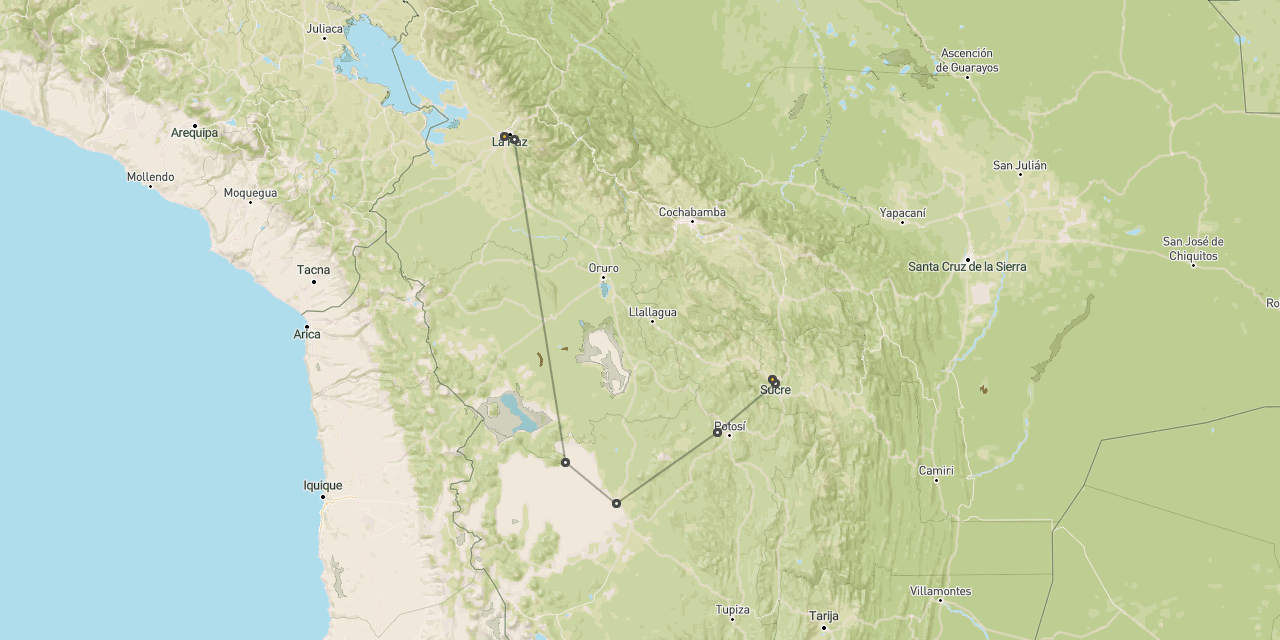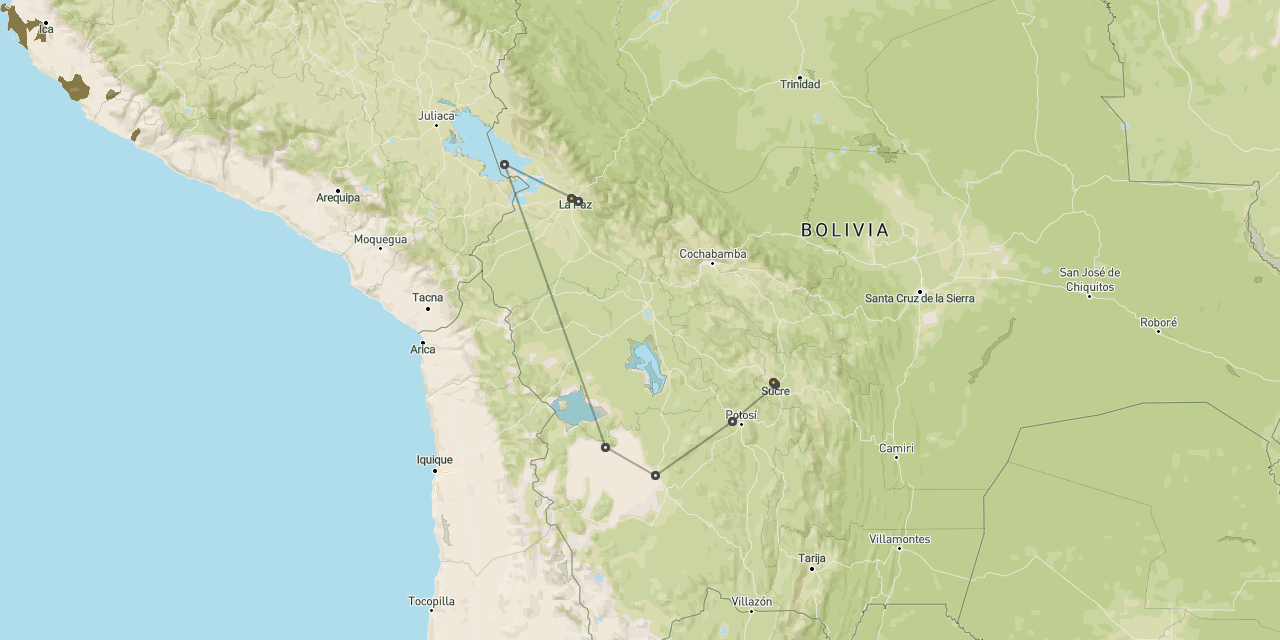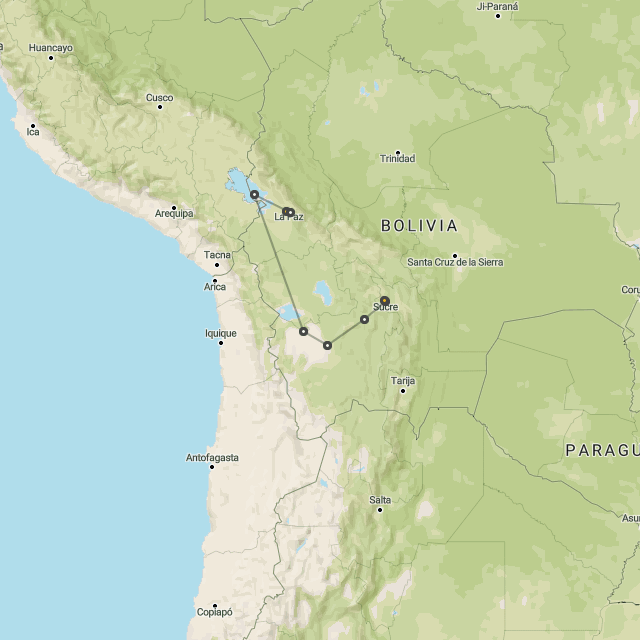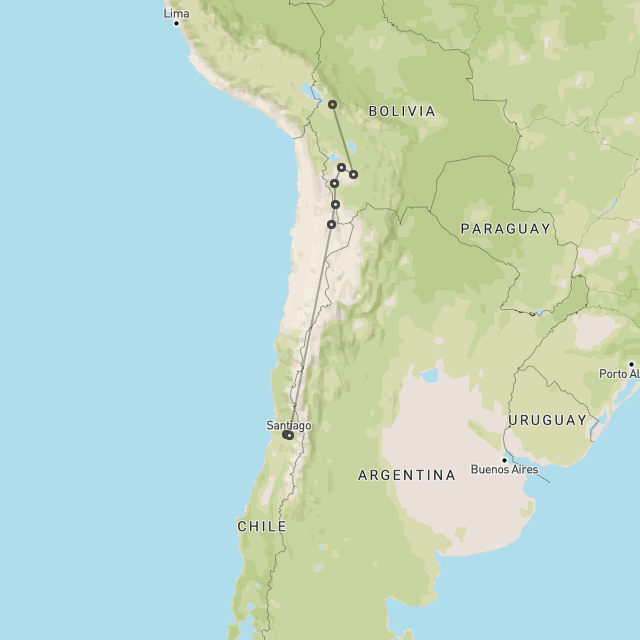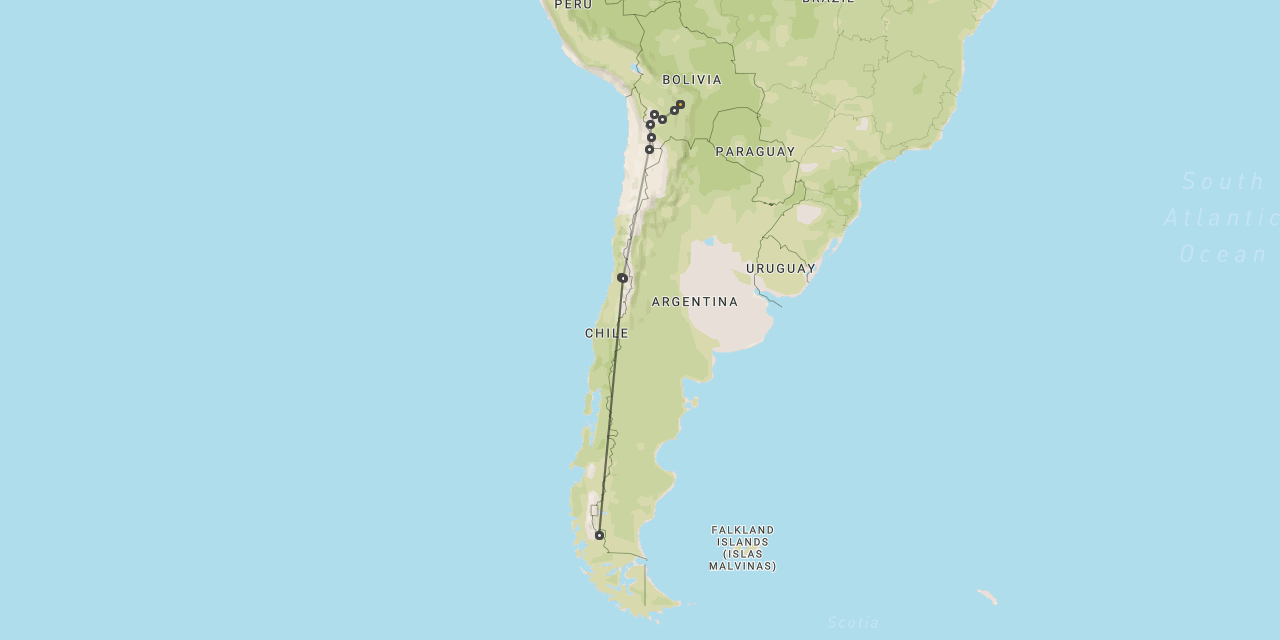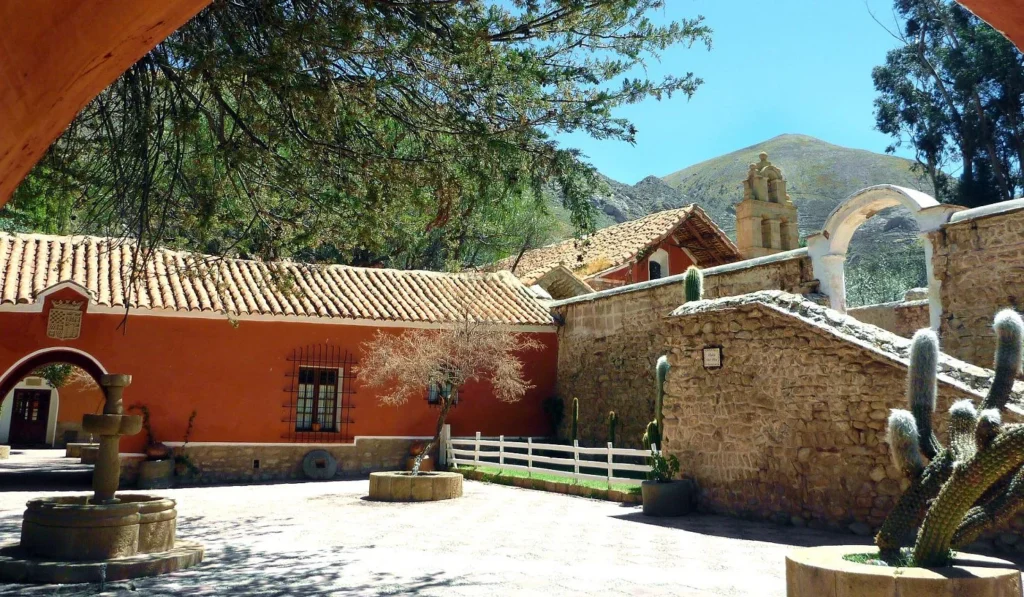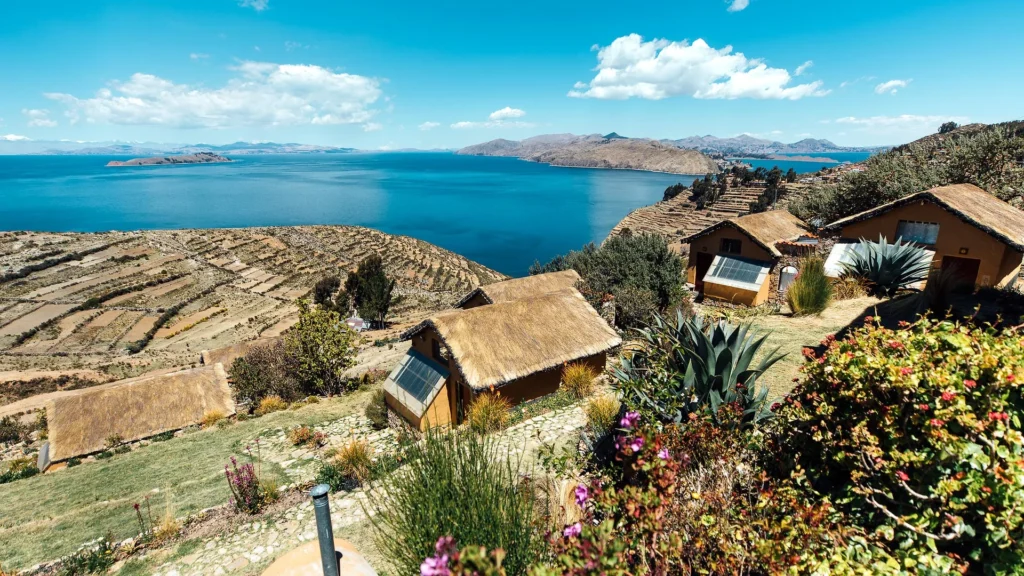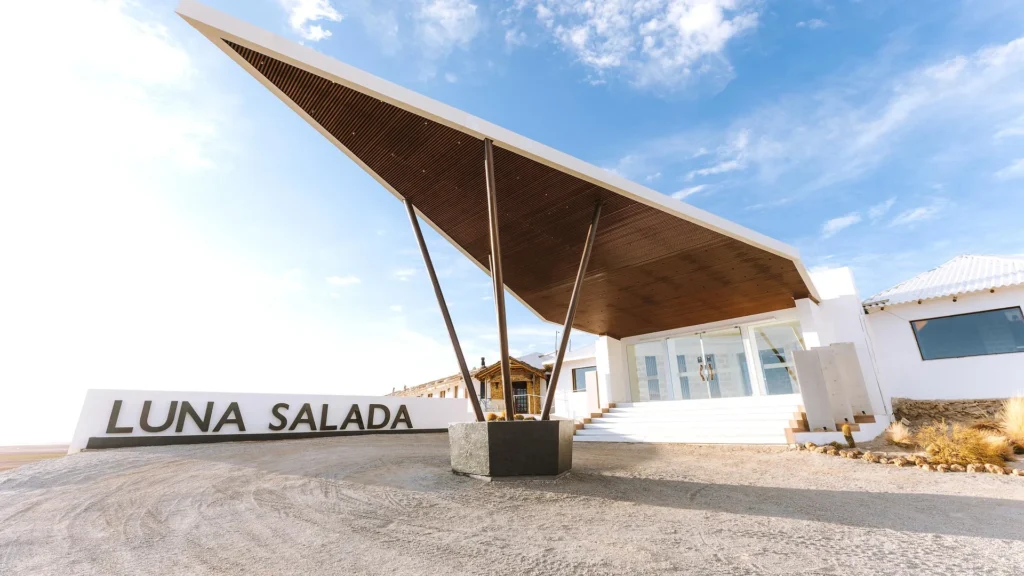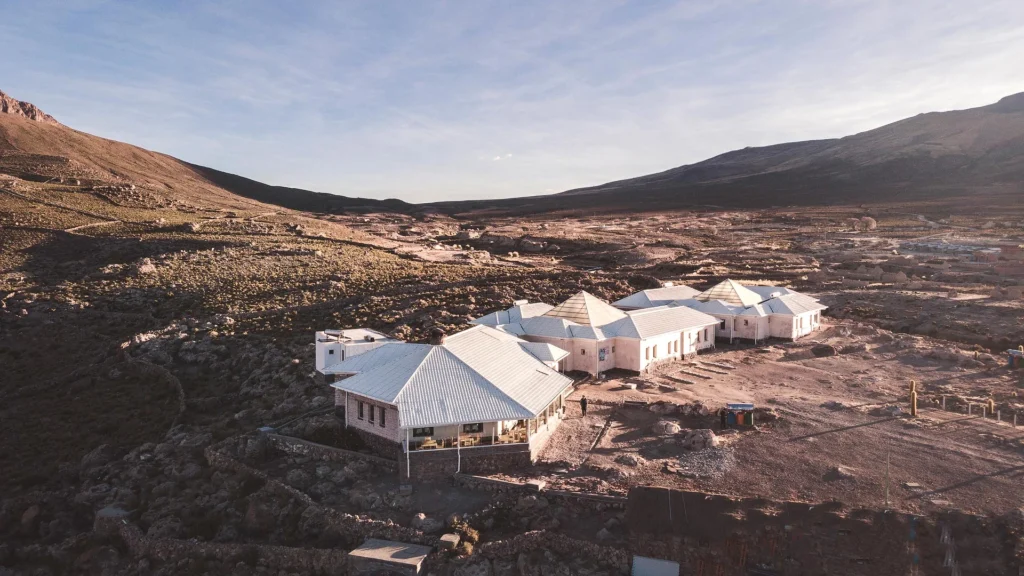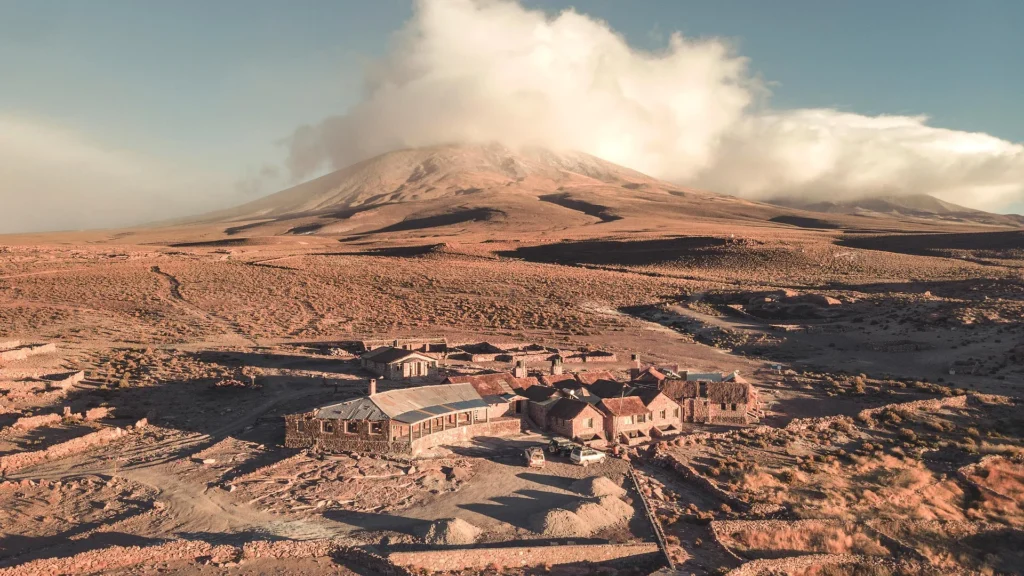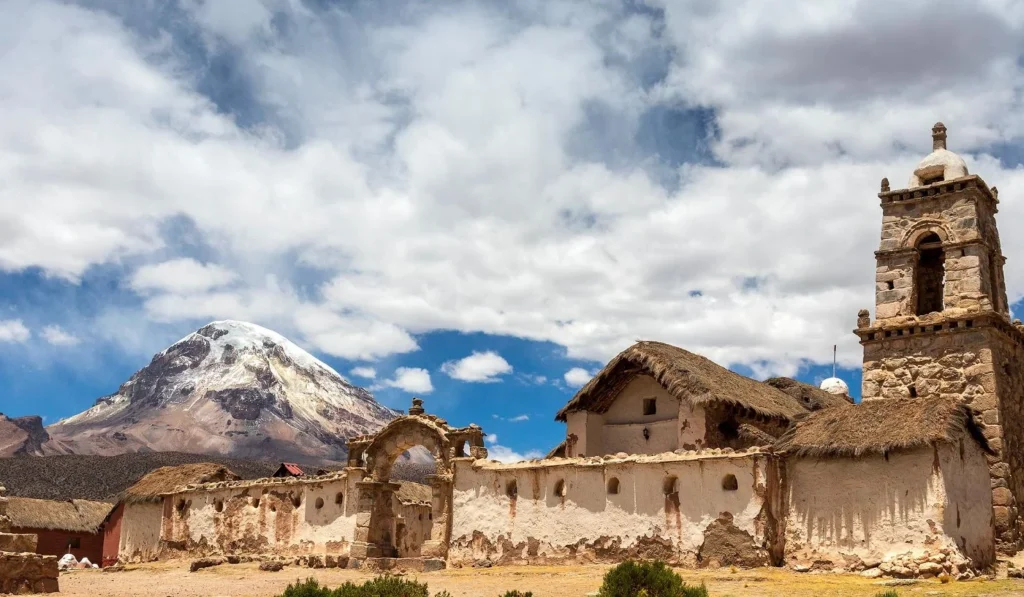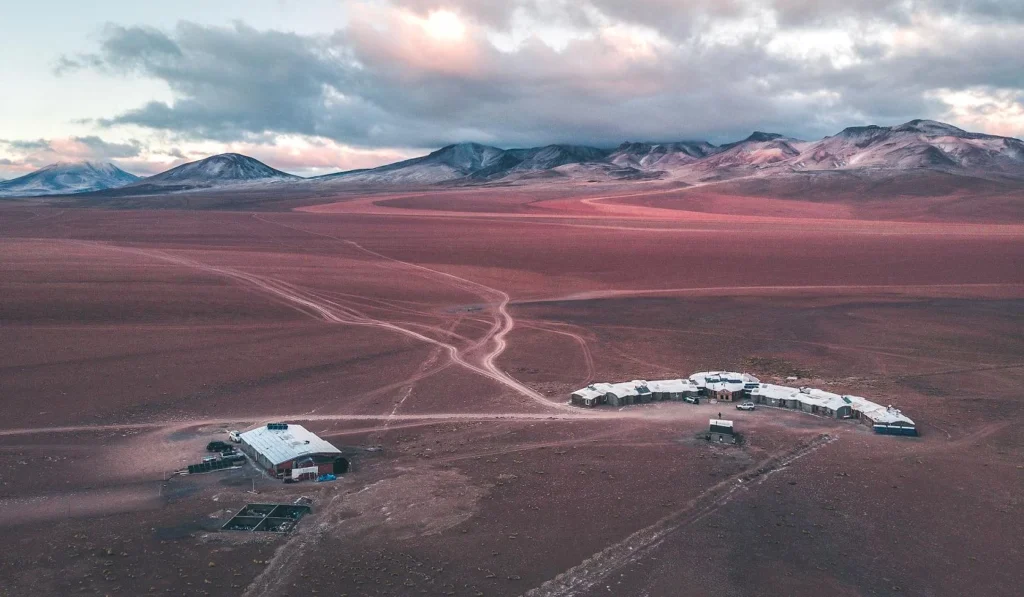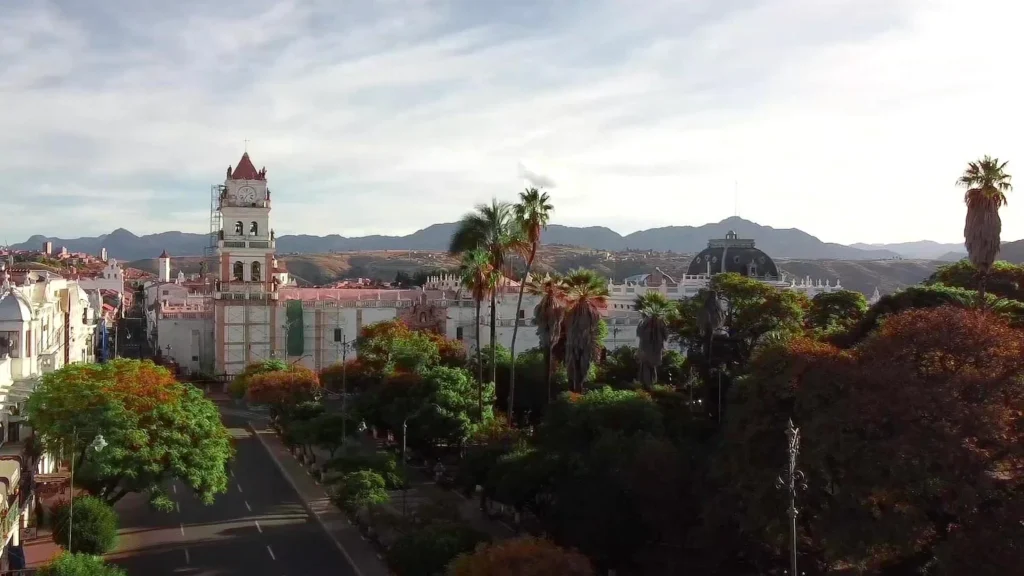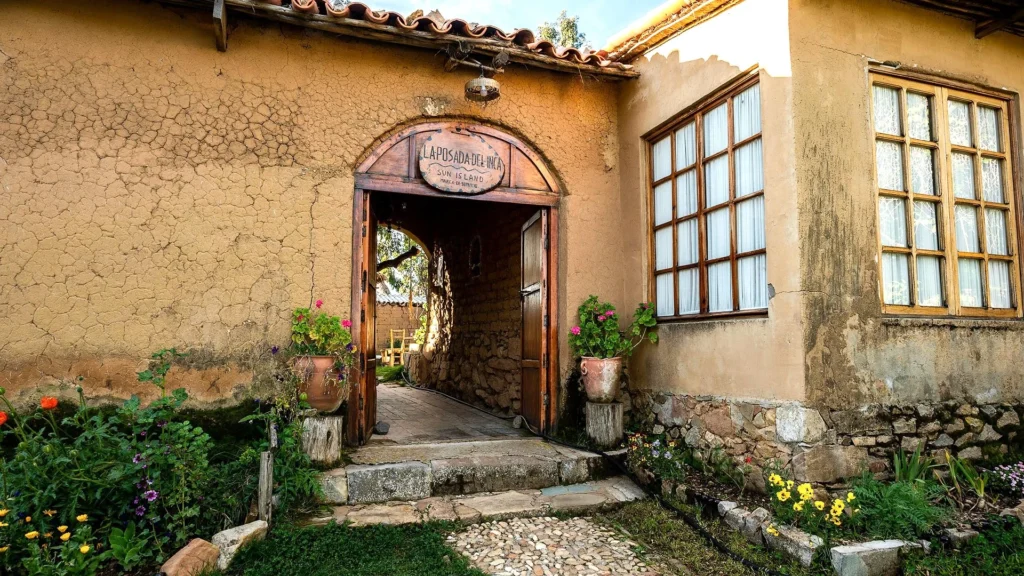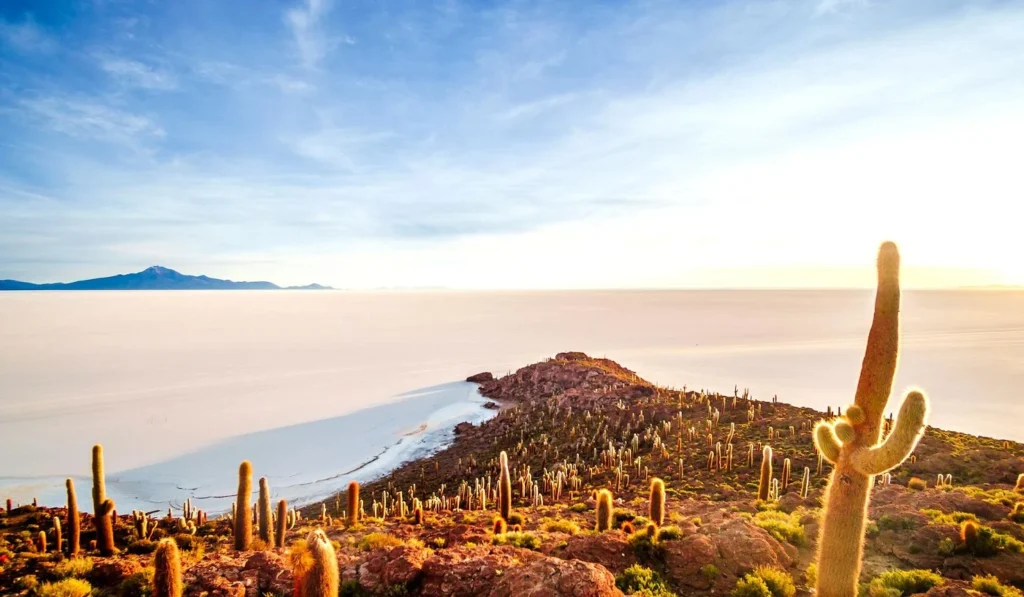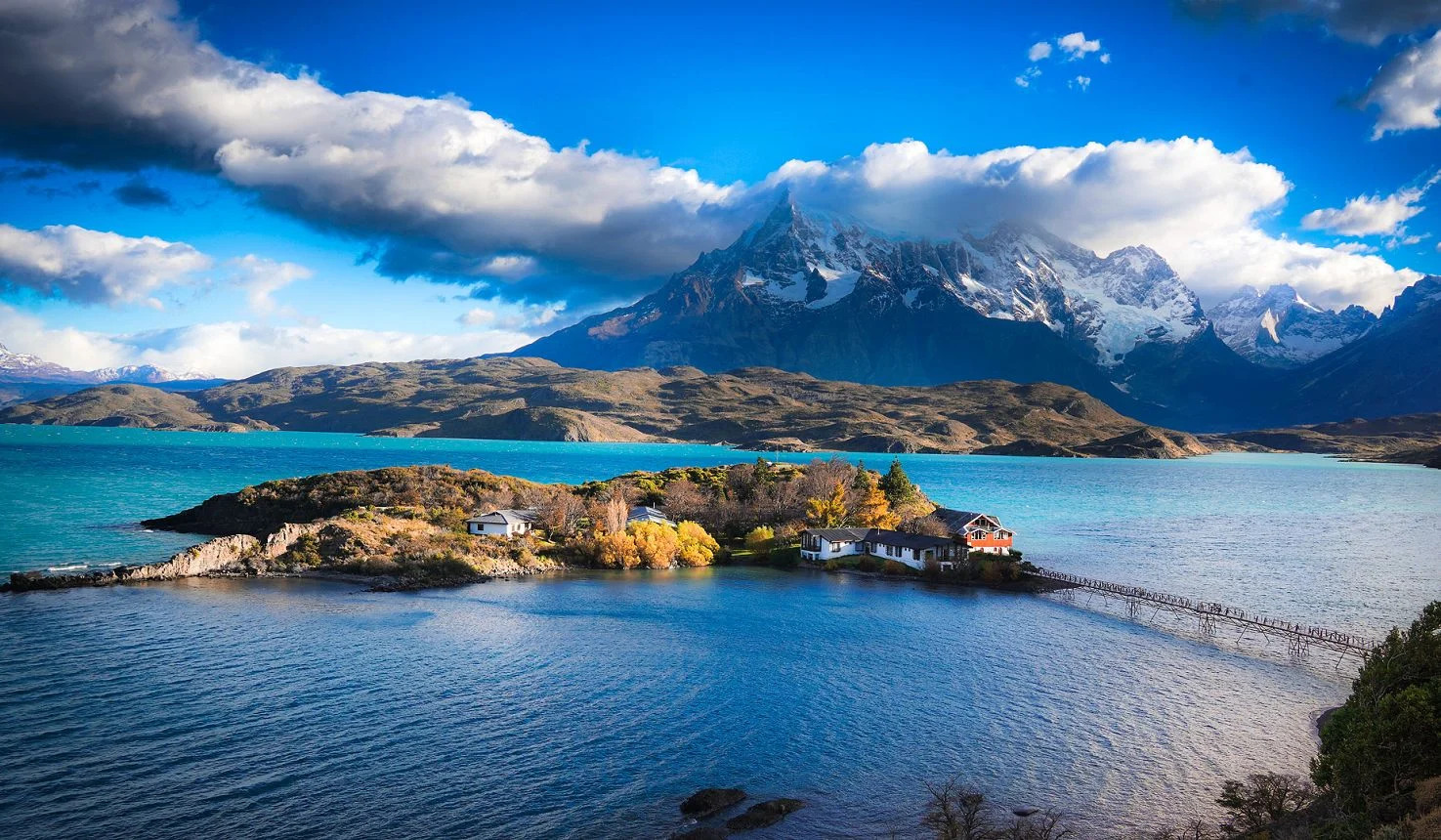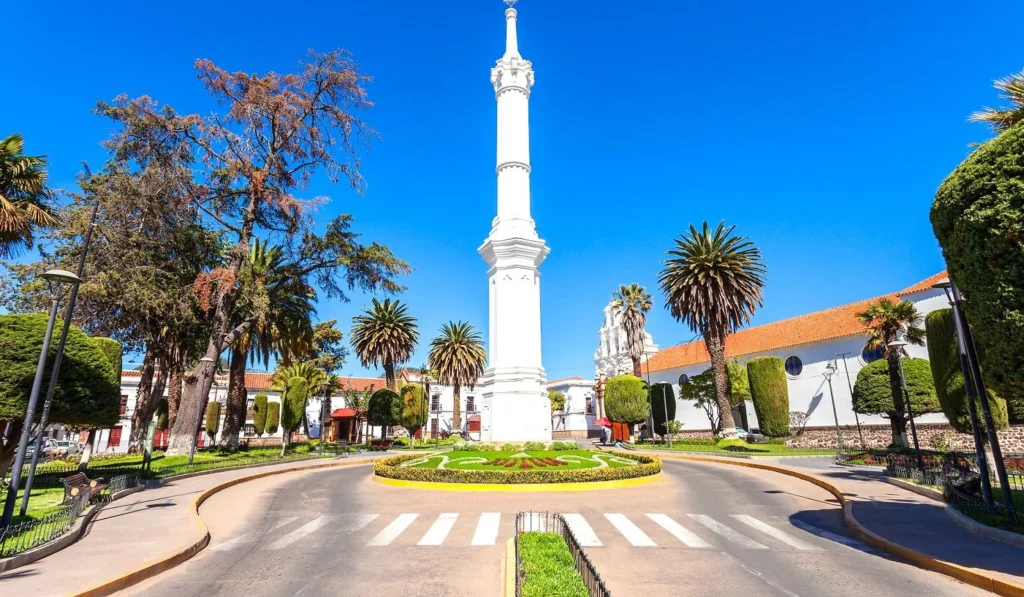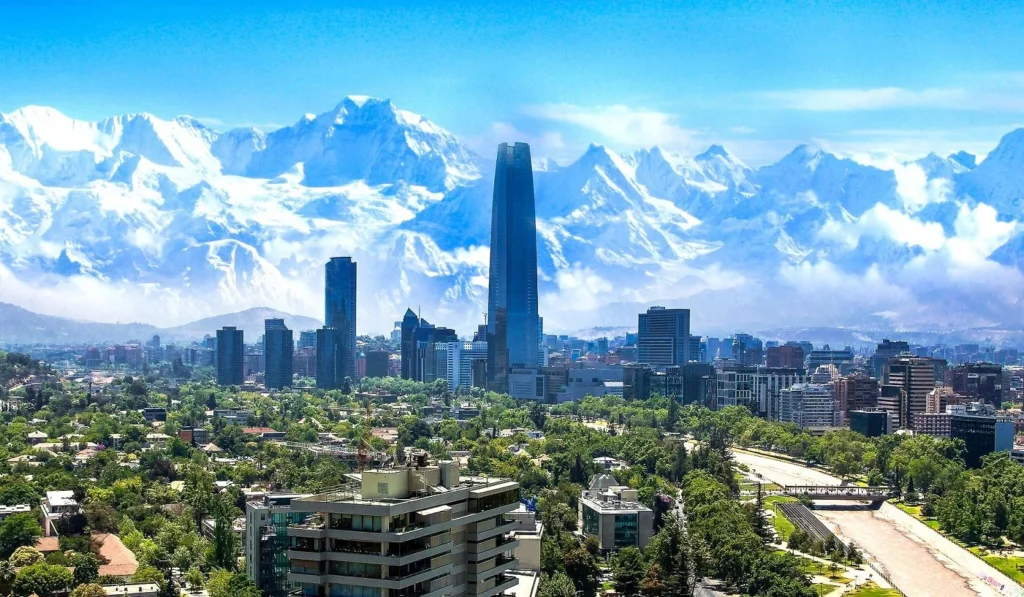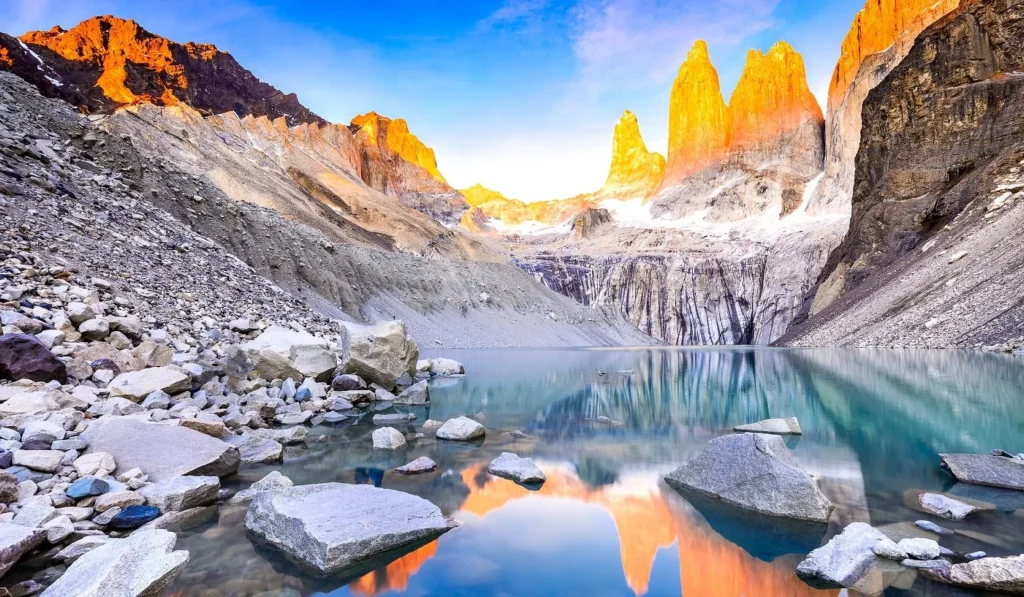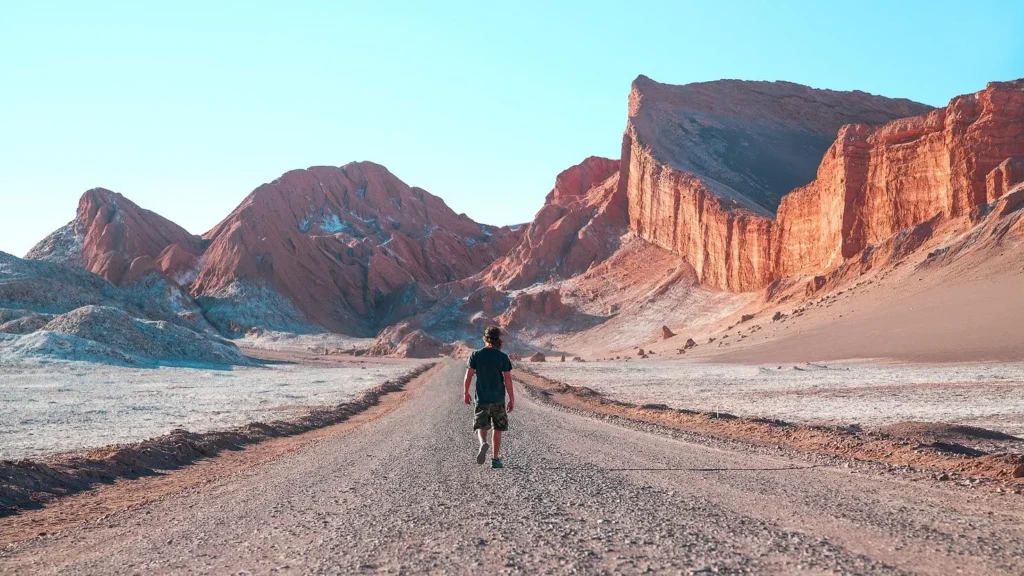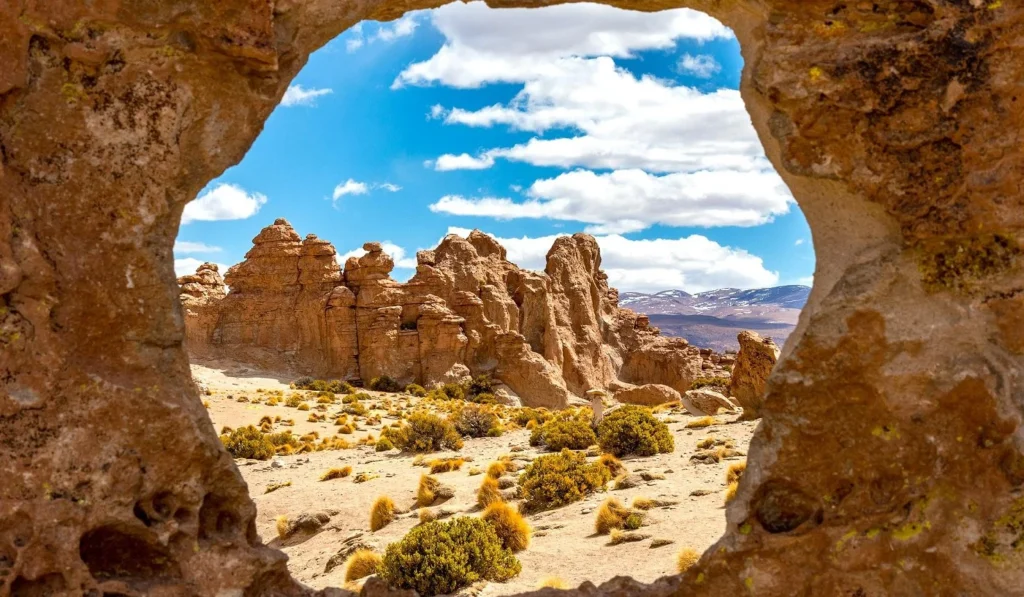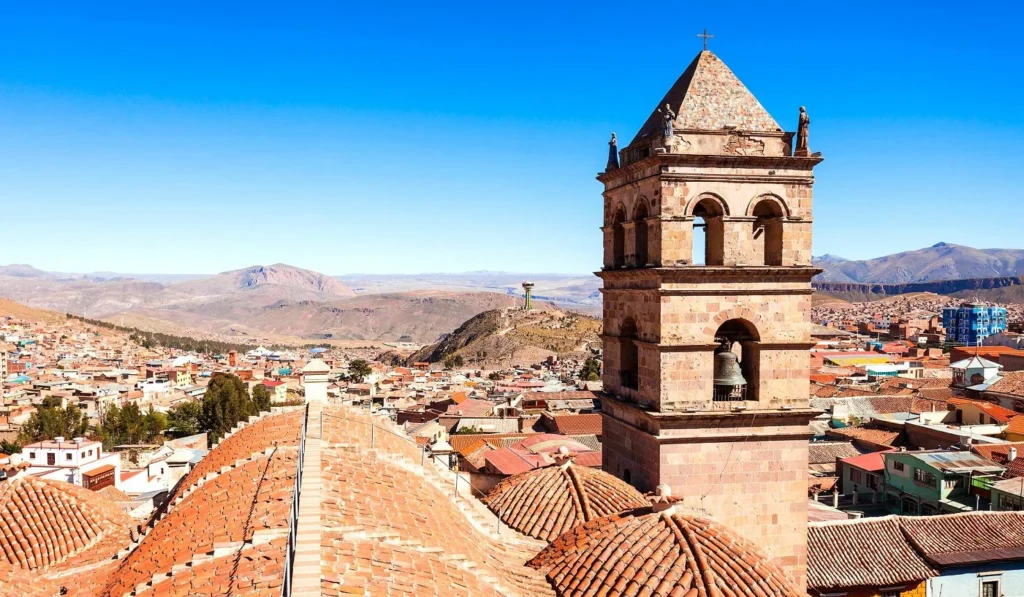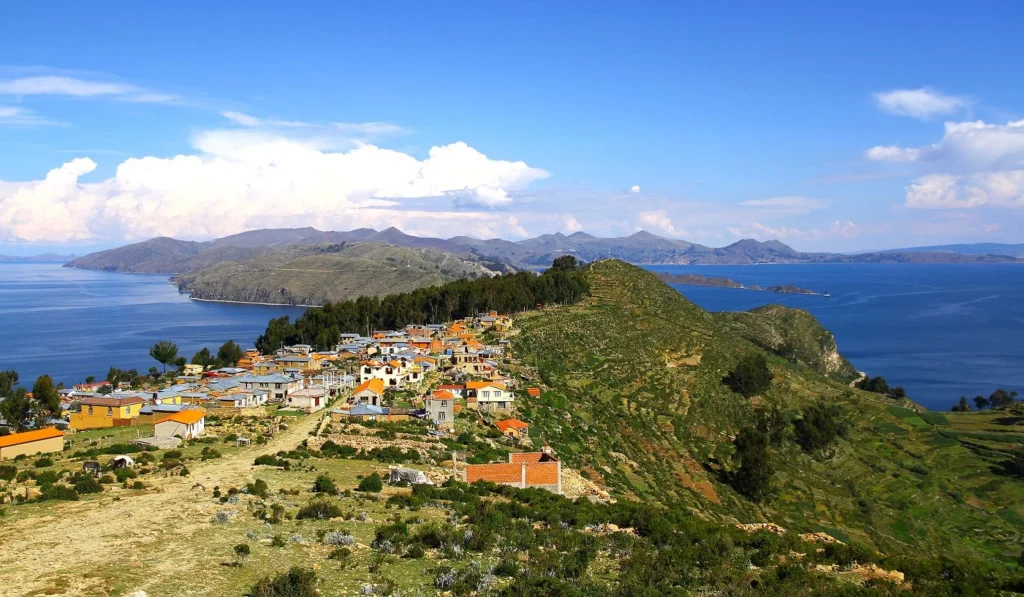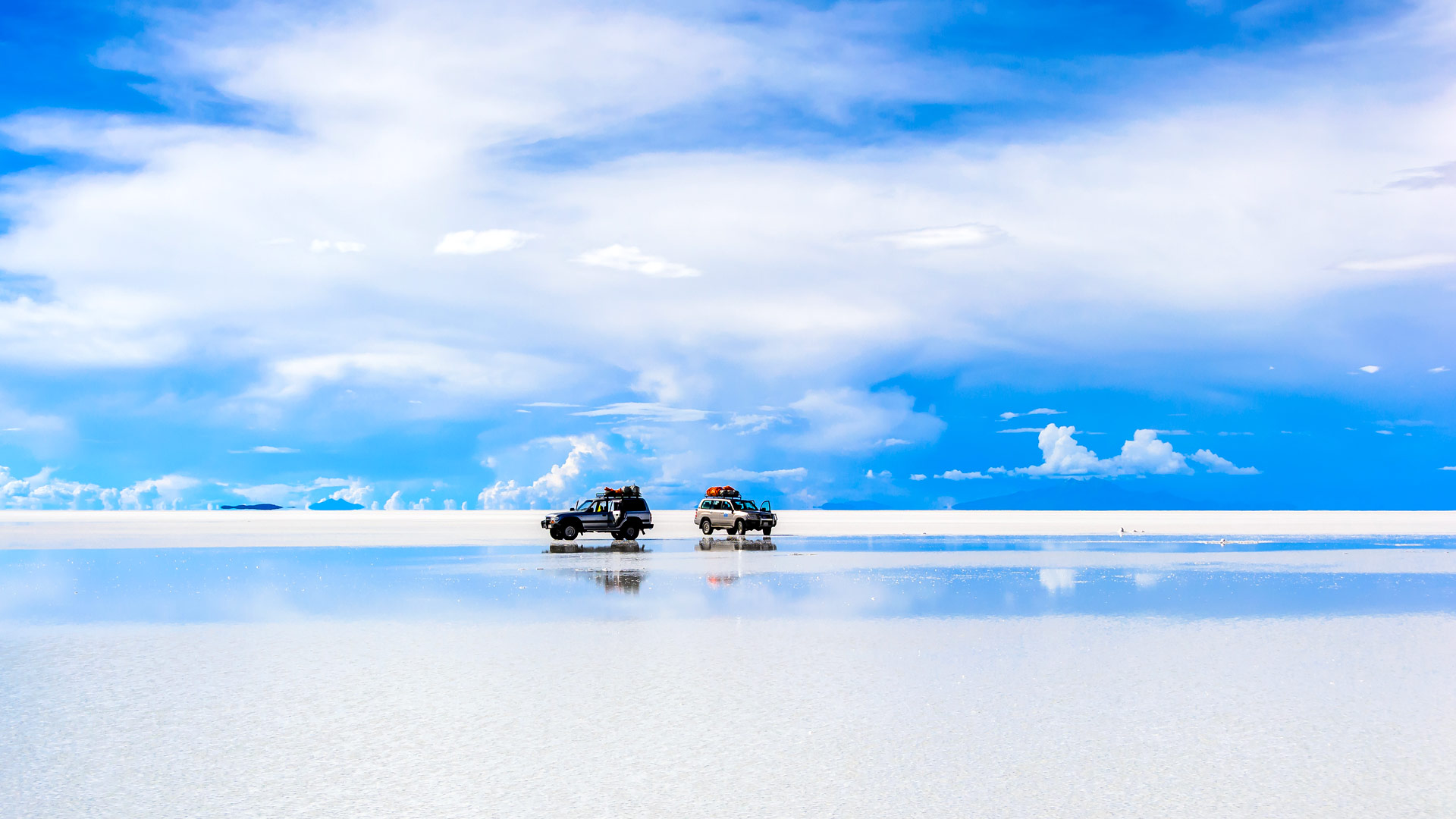
Safari in Bolivia
Bolivia
is a little-visited backwater,
of surprising diversity
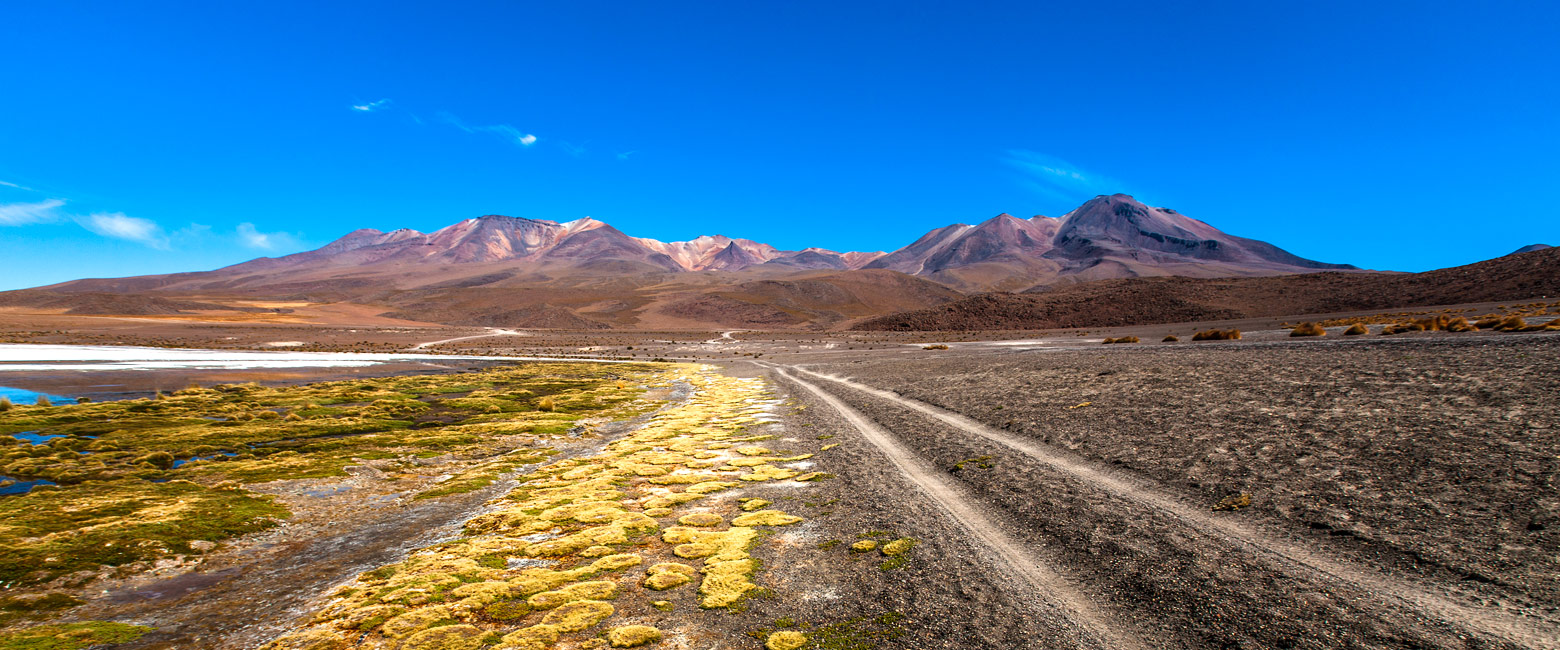
from the Amazon rainforest to the high Andes
Bolivia is a land-locked country at the heart of South America.
Despite losing over half of its territory since independence in 1825, Bolivia remains the fourth largest country in South America and the 28rd largest in the world.
The country ranges in altitude from 6542m (21463’) in the high Andes in the west, all the way down to 70m (230’) along the Paraguay River to the southeast.
This unusual topography has led to the evolution of an incredible biodiversity. From glaciers to tropical rainforests, these landscapes host a remarkable 14% of all the world’s species of birds, over 120,000 species of insects and over 4000 varieties of potatoes.
The travel infrastructure in Bolivia remains a long way behind that of neighbouring countries. There are very few top lodges (arguably only one really good one) and the main way to get around is by private guided overland safari.
This makes it a little tricky to put together really high-end trips to the country, but it does mean that, for slightly more hardy travellers, the place still feels exciting and largely undiscovered.
The biggest highlights are the superbly scenic altiplano areas of the high Andes to the west of the country, centred on the vast and hugely impressive salt pan Salar de Uyuni, as well as the active volcanoes and multi-coloured flamingo lakes of Eduardo Avaroa.
Other real high points include the legendary silver mining town of Potosi, the elegant old Spanish capital of Sucre and the laid-back Aymara culture of the legendary Isla del Sol on Lago Titicaca.
Whilst it’s easily possible to put together great trips which focus solely on Bolivia, the country is more commonly combined with Chile and/or Peru.
Just make sure you leave enough time to do the country justice, there’s some really special experiences to be had, especially if you manage to travel suitably slowly and get into the Bolivian groove.
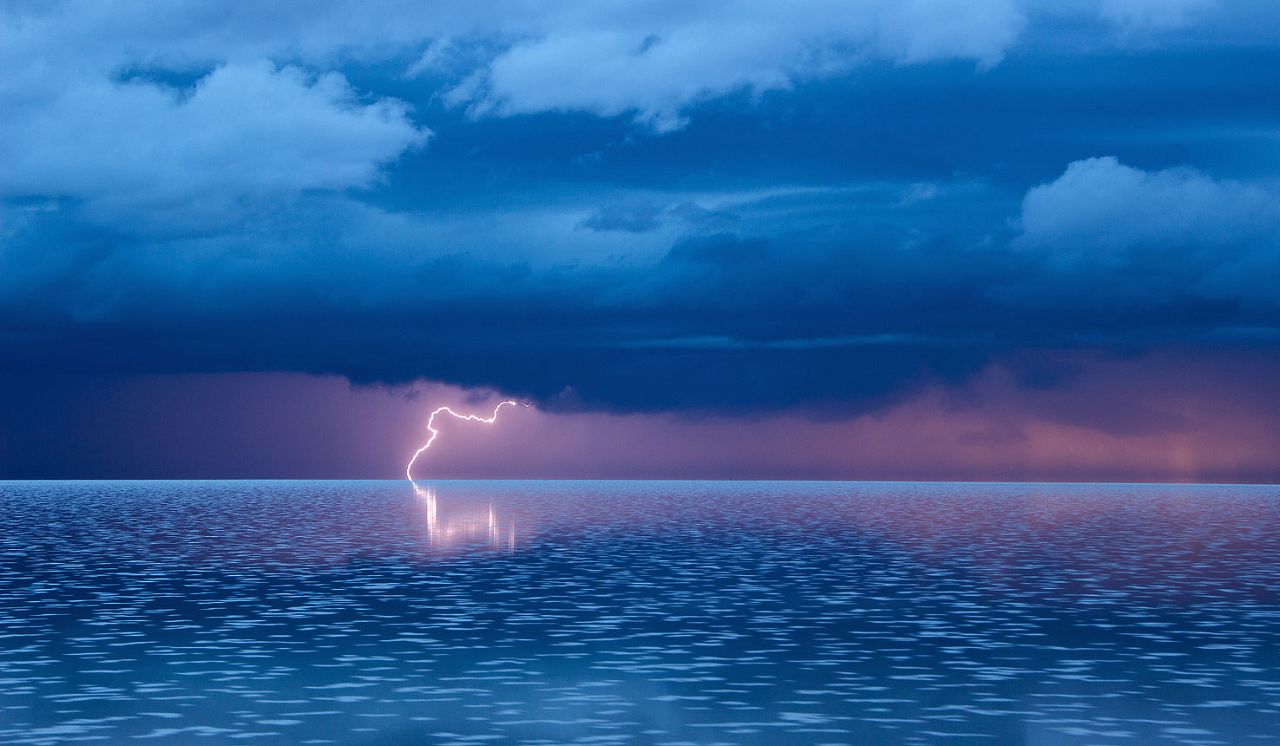
Gallery
Map
The best time to visit Bolivia is a little bit complicated …
- 1. If you want to mainly focus on the high Andes areas and possibly combine with Chile, then the best period is usually the Oct-Apr season (preferably avoiding the Xmas and New Year peak period).
2. If you want to mainly focus on Lake Titicaca, La Paz and the Amazon Basin, possibly in combination with Peru, then the best period is usually the Apr-Sep season (preferably avoiding the Jul-Aug peak period).
International flights
Bolivia has two main ports of entry for international flights, namely the capital La Paz (which is situated up in the Andes to the west of the country) and Santa Cruz de la Sierra (which is down in the Amazon Basin in the centre of the country).
From North America you are more likely to arrive into La Paz, which is more convenient for most places of interest around the country.
From Europe you may well be tempted by the direct service from Madrid to Santa Cruz, but from there you will most likely need to take a further internal flight to connect to La Paz, before starting your trip. So there may be better routes either via North America or other cities in South America to get you into La Paz.
The vast majority of visitors to the country end up spending at least one night in La Paz, usually at the front end of a trip.
Road connections
The vast majority of travel within Bolivia is usually best done by private guided overland safari, which means that the overall experience is pleasantly adventurous,
But this mode of travel could potentially be a little too arduous for some travellers.
We do not recommend the use of any public road transport such as buses, coaches or taxis.
Internal flights
A good way to reduce the amount of road miles is to include one or two internal flights, the most common routes being La Paz to Salar de Uyuni and La Paz to Sucre.
The Madidi area, down in the Amazon Basin is always accessed by air from La Paz.
Boat connections
In the Lago Titicaca Sur area we commonly use motorboat services, mainly to travel from Copacabana out to the Isla del Sol.
Down in Madidi the only way to travel between the airstrip at Rurrenabaque and the various rainforest lodges is by motorboat along the various rivers.
Where to stay
The usual way to go about choosing where to stay during your trip is to start by selecting the locations you would like to visit, then looking at the various options in each area.
explored by private-guided overland safari
let us know your thoughts about Bolivia
and we will help you create the perfect trip
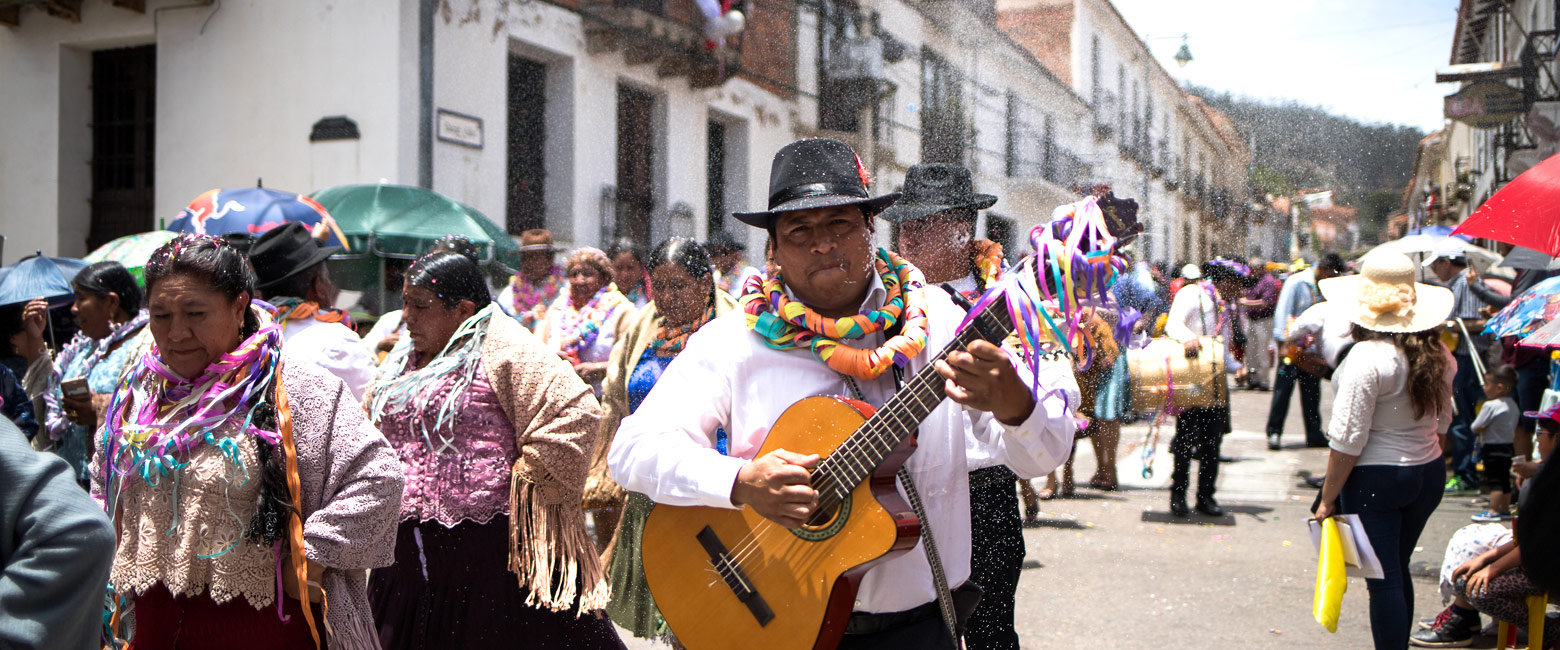
Extraordinary tailor-made adventures,
from earthy and edgy to easy and extravagant
From around USD 2500 per person, you set the ceiling
Sample Trips
Here are some of our popular trip shapes
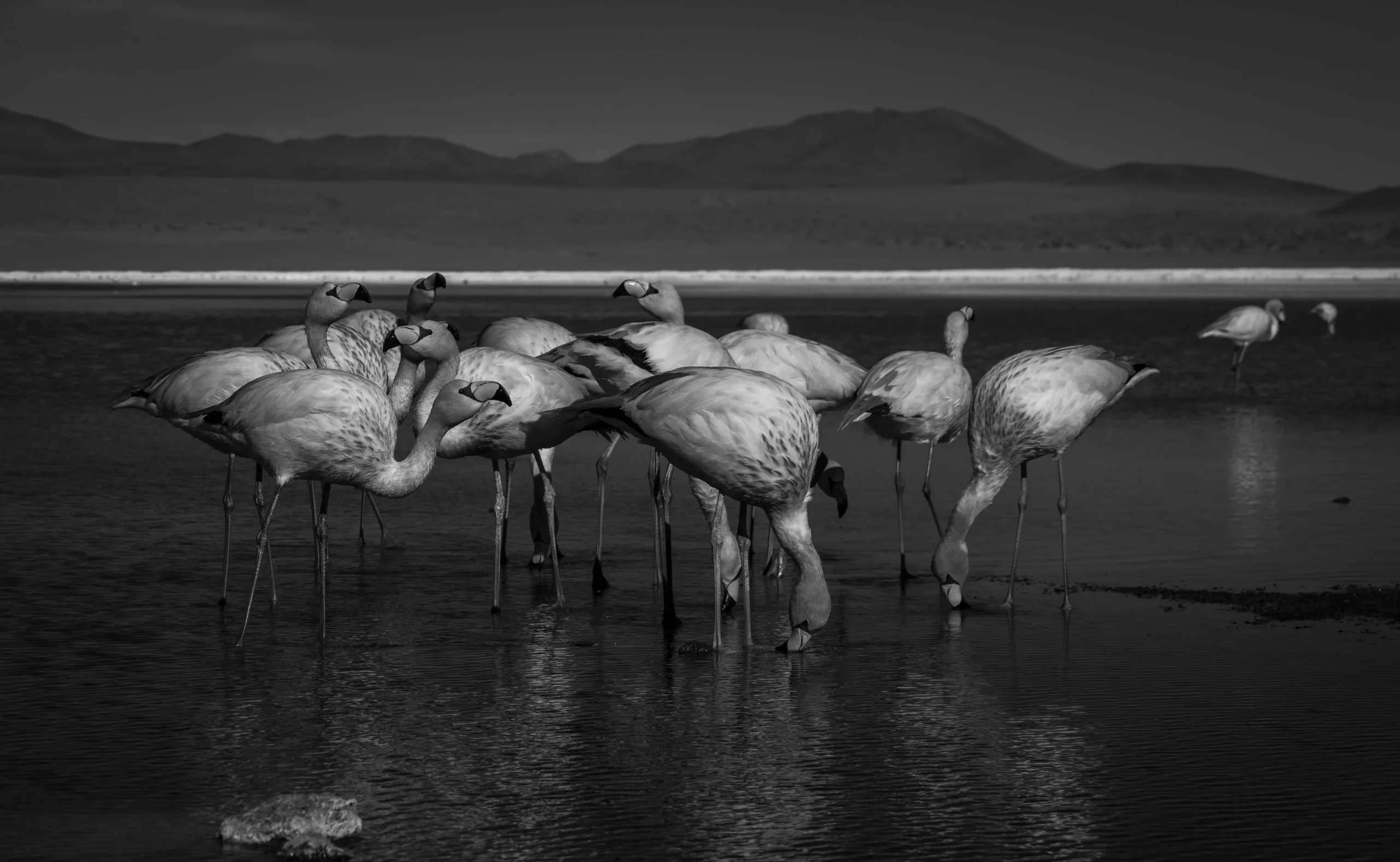
Get started on your trip
It’s never too soon to get in touch, we are here to help with every stage of your planning.
Best Lodges
We regularly inspect and photograph all of the the best lodges, to ensure that we always recommend the most suitable options
Key Locations
Take a look around related locations. Click ‘View more’ to explore locations further afield.



























